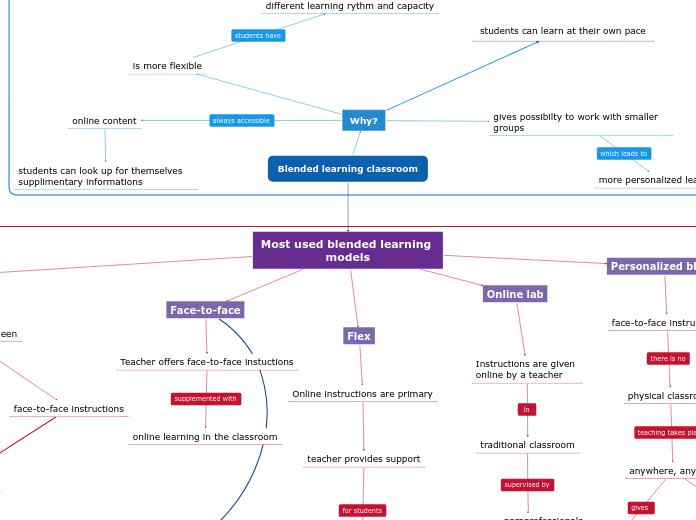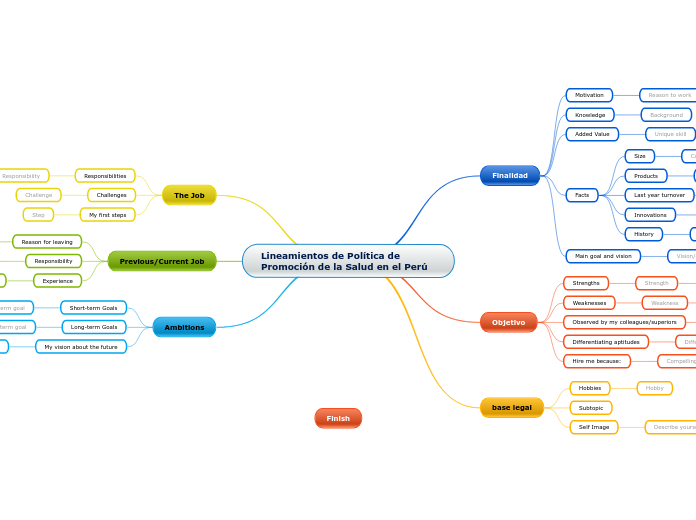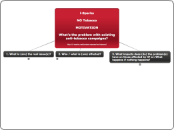Online Learning
Emerging Trends
Lifelong Learning
online learning good for those
with families, working
adult education
increasing globally
realization of its importance-
more people switching careers,
upgrading skills, etc
Training/Support for
Online Content
Development
increase demand for higher quality content
and standards to meet needs of more tech
savvy users
improve online learning environments
with focused training on course
development for online environment
Attitude Shift
Global village perspective due to tech-
easier to break down geographic barriers
young people highest
positive attitude towards
tech - DIGITAL NATIVES
people becoming more
comfortable with online
learning/tech
New Technologies
Web 2.0 social networking tools
increasing collaboration for online
students
blogs/Twitter/Facebook
more popular
privacy concerns but education
sites closely guarded - Safe
environment
allow shy students
to have a voice
improve collaboration
educational gaming
portable devices allow
educational games anywhere
93% students play
video games
Cloud Computing
cheapers for schools
(less equipment needed)
available anywhere
w/ internet connection
wide range of educational
materials available
keeps students organized
easy homework collaboration
interest in adding new tech
by online teachers
simulations
environments not easily
simulated in real world
hands on learning helps
grasp abstract/complex
concepts
help students see cause/effect
how events relate to one another
Electronic, interactive textbooks
ability to take notes/highlight
materials in documents
supplement traditional texts
w/ pics, video/audio clips,
interactive activities
Tech-based student
progress monitoring
Blackboard/Moodle/Edmodo
allow easier tracking of student
progress
accessible from anywhere
on variety of devices
keep parents informed
teachers easily share
grades and evaluations
Mobile Devices
predicted explosion of classroom
incorporation next 2-3 years
more educational content
(apps) being developed
similar advantages
to tablets
cost-effective tools
provided by students
move away from banning
smart phones/Ipods
I-pads/tablets
feedback easier
teacher can monitor student
progress/assessing
assignment variety/collaboration possible
supports wide variety
of learning styles
easy to use
user friendly tech easily
embedded in online
environment
Increased Demand for
Online Learning
more learning opportunities
available (subjects/experts)
removes geographical
barriers
lower education costs
saves money on travel/accommodations
Interaction
Affects/Benefits
critical thinking skills
students who succeed do so because
they are active participants
High order thinking skills
Ways to Increase
create climate promoting professional
learner and collaboration - SAFE!
online video conferencing at beginning
of course - introductions
opportunities for students
to process/reflect upon information
before commenting
post announcements to keep
learners current with changes
clear course goals/
student expectations
learners become comfortable
with course/instructor
Motivation significant factor
required student participation
motivates students to stay on task
provide timely feedback
good rapport with learners
support structure in place
Importance
amount of interaction with instructor
and other students consisten/reliable
predictor of positive learning outcomes
Types
Learner-content
Learner-Instructor
Learner-Learner
Environments
Asynchronous
Weaknesses
weak interface design
access issues mixing new tech with old tech
instructors may not be familiar
with best practices for online teaching
Strengths
encourages student/instructor contact
encourages active learning
forums pre/post classroom tool
online group projects gives ability
to work together outside of class
supports variety of learning styles
Instructors
some feedback may be delayed
to do technical issues/faculty members
more timely feedback via chat
Students
interaction may be superficial
speed of learning higher via
voice/text chat - students engaged
younger students
more tech savvy
more confident writing/
speaking from home
web-based
correspondence program
no face to face instruction
Synchronous
hands-on activities
small/large group discussion
some traditional classroom approaches
live instruction
audio-visual teleconferencing
television
Barriers
Technical Problems
use generic instructions in virtual classrooms
Internet Costs/Access
Time/Support for Studies
don't reinvent the wheel/
use existing resources
allow extra time for online work
Learner Motivation
Technical Skills
Academic Skills
Social Interaction
Communication
compensate for lack of face to face contact:
Facebook groups, "Introduce Yourself" topics
use blogs, email, Facebook
vs phone for written records
most severe
no correlation between
increasing social interacton
and improved education
Administrative Issues









